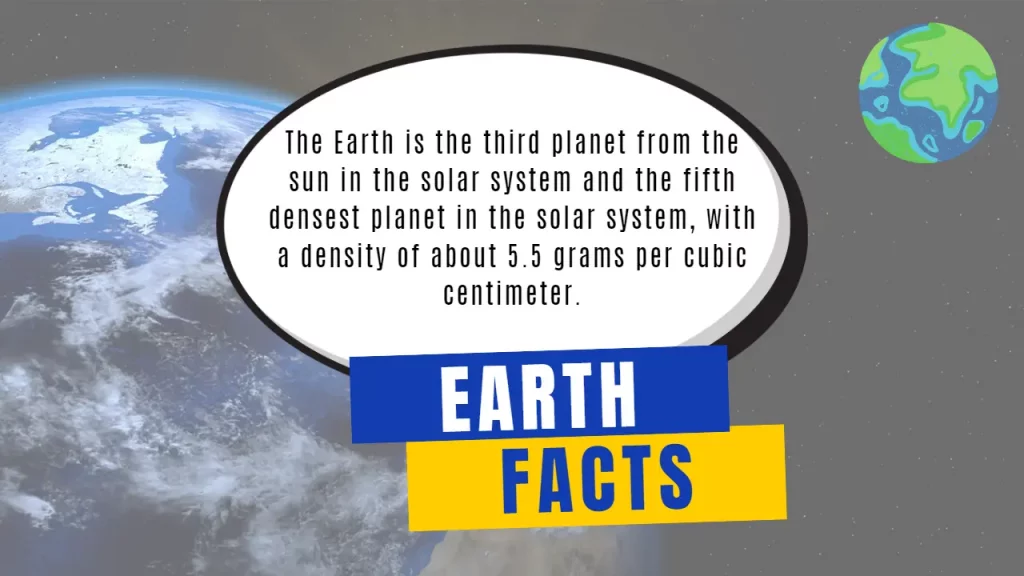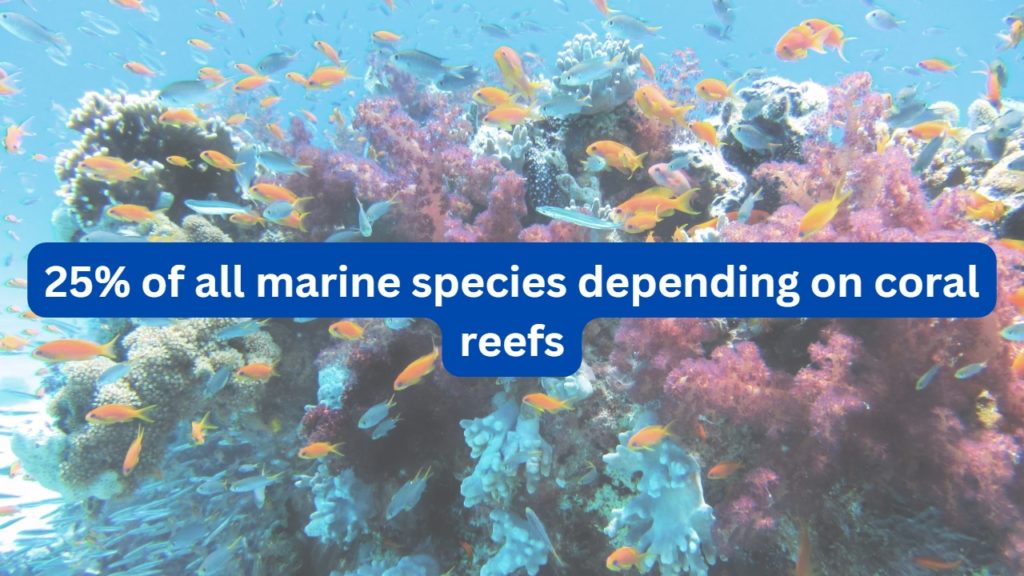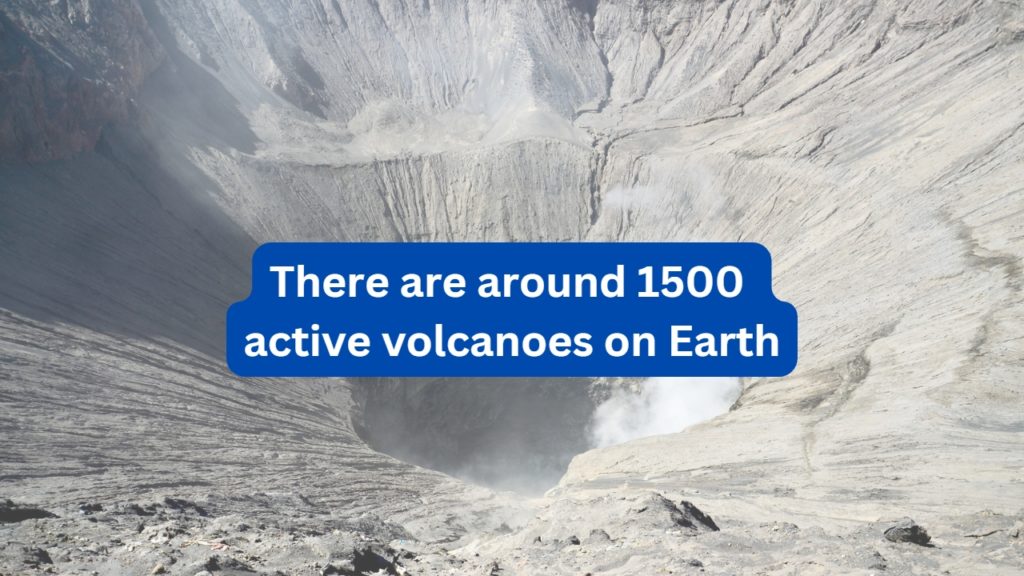Did you know that Earth is the only planet in our solar system with liquid water? That’s just one of the many fun facts about our planet. From its vast oceans to its diverse land masses, there is more to learn about Earth than meets the eye.
Earth is an amazing and complex planet, and there are many fun and interesting facts about it. Let’s explore some more of these incredible facts.

17 Cool and Interesting Facts about the Earth
- Earth is an incredibly dense planet, fifth in the solar system, with a composition made up mostly of iron and nickel. Its high density allows it to have a powerful magnetic field which helps to protect our planet from harmful radiation.
- The Earth is not a perfect sphere – it’s actually slightly flattened at the poles and bulges at the equator. This shape is called an oblate spheroid.
- As far as we know, the Earth is the only planet in the solar system that has liquid water on its surface. Water is essential for life as we know it, and the presence of liquid water on Earth makes it a unique and special place in the universe. The Earth’s water cycle, which includes processes such as evaporation, precipitation, and transpiration, plays a crucial role in regulating the planet’s climate and supporting life.
- The Earth’s atmosphere is made up of 78% nitrogen, 21% oxygen, and trace amounts of other gases such as carbon dioxide, water vapor, and argon. Nitrogen and oxygen are the two most abundant gases in the Earth’s atmosphere and are essential for life on Earth. Nitrogen is used by plants to produce amino acids, which are the building blocks of proteins, and oxygen is used by animals, including humans, to breathe and to fuel metabolism. The trace gases in the atmosphere, such as carbon dioxide and water vapor, play important roles in regulating the Earth’s climate and weather patterns.
- The Earth rotates on its axis, causing the changing of the seasons throughout the year. This rotation is what brings us summer and winter, fall and spring. It’s driven by the solar energy that Earth receives from the sun, and is responsible for day and night cycles as well. The tilt of the Earth’s axis causes us to have different amounts of sunlight at different times of year. In the summer, days are longer due to our position in relation to the sun; conversely, days are shorter in winter when we’re facing away from it.

- Coral reefs are some of the most diverse ecosystems in the world, with an estimated 25% of all marine species depending on coral reefs for some part of their life cycle. They are home to a variety of species, from microscopic plankton to manta rays. Coral reefs also provide shelter for many fish, invertebrates, and other marine species.
- The Earth’s surface is made up of seven major plates and several minor plates. These plates are constantly moving, and their movement is responsible for earthquakes, volcanoes, and the creation of mountain ranges.
- Earth has its own magnetic field, known as the magnetosphere. This magnetic field helps protect us from solar winds and radiation generated by space storms which can be dangerous for living things on Earth. The magnetosphere also makes up part of the Van Allen belts – two doughnut-shaped regions in space populated by highly charged particles which protect us from cosmic radiation.
- As far as we know, the Earth is the only planet in the solar system that is home to life as we know it. The Earth’s unique combination of physical and chemical conditions, including the presence of liquid water, a stable climate, and a protective atmosphere, has made it possible for life to evolve and thrive on our planet. Life on Earth is diverse and includes millions of different species of plants, animals, and microorganisms. The search for life beyond Earth is an active area of scientific research, and while there have been a number of potential candidates for extraterrestrial life, none have been definitively confirmed.
- The Earth’s moon is about one-quarter the size of the Earth and is the fifth largest moon in the solar system.
- The Earth is about 4.5 billion years old, and it’s thought that life on the planet has been around for at least 3.5 billion years.
- One of the most recognizable features of Earth’s landscape is its beautiful blue oceans. 71% of Earth’s surface is covered in water.
- The Earth’s oceans contain about 97% of the planet’s water, and the remaining 3% is found in lakes, rivers, and underground reservoirs.
- Earth is the third-closest planet to the Sun. This means that because of its proximity to our star, it receives a lot of heat and light energy from the Sun which make our planet habitable.

- There are almost 1500 active volcanoes on Earth with more being discovered all over the world every year. They form when molten rock called magma rises up through cracks in tectonic plates below the earth’s surface and then spills out onto land or into water. Volcanoes can produce spectacular displays like lava flows or ash clouds but they can also be incredibly destructive if they erupt close to cities or towns including spewing toxic gases into atmospheres nearby.
- The Atacama Desert in northern Chile is considered the driest place on Earth, with some parts of it receiving less than 1mm of rainfall each year.
- The effects of the last ice age are still visible today, especially in regards to sea levels. During that time, the world’s oceans and seas were much lower than they are today—by as much as 400 feet! This rapid change in sea levels had a huge effect on climate and ecosystems around the world. It also meant that coastlines were much different than they are now, with some areas covered by glaciers and other regions containing vast shallow seas.
- El Azizia, Libya has been crowned the hottest spot on Earth after a temperature of 136 degrees Fahrenheit (57.8 degrees Celsius) was recorded there on September 13th, 1922, according to NASA Earth Observatory. This record-breaking temperature has made El Azizia a symbol of extreme heat, and it is likely that even hotter locations exist outside the network of weather stations.
There are so many more fascinating facts about Earth, and these are just a few examples. From its composition and shape to its atmosphere and the life it supports, Earth is truly a unique and amazing place.





